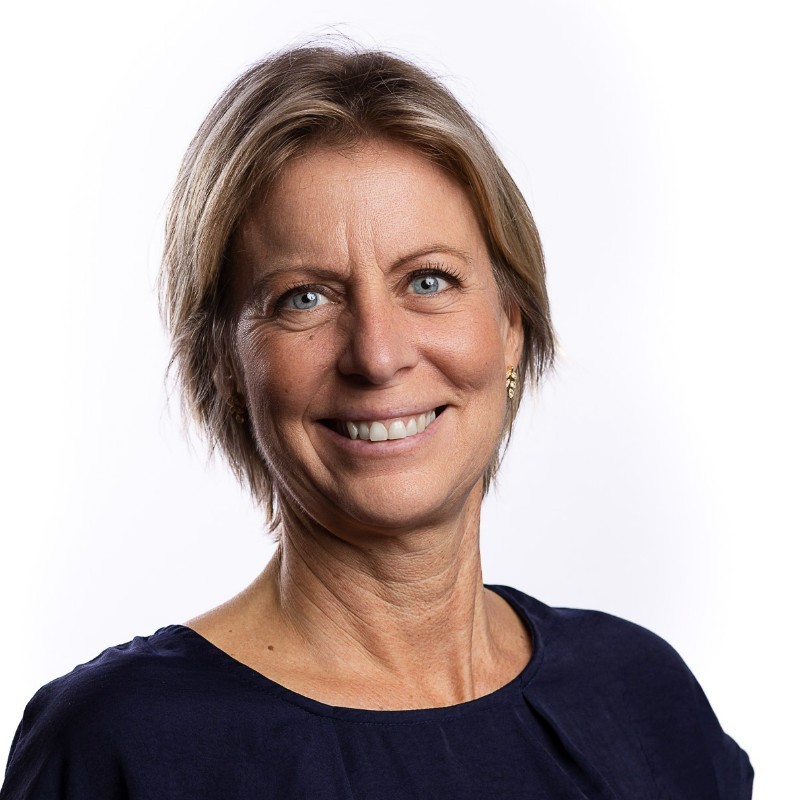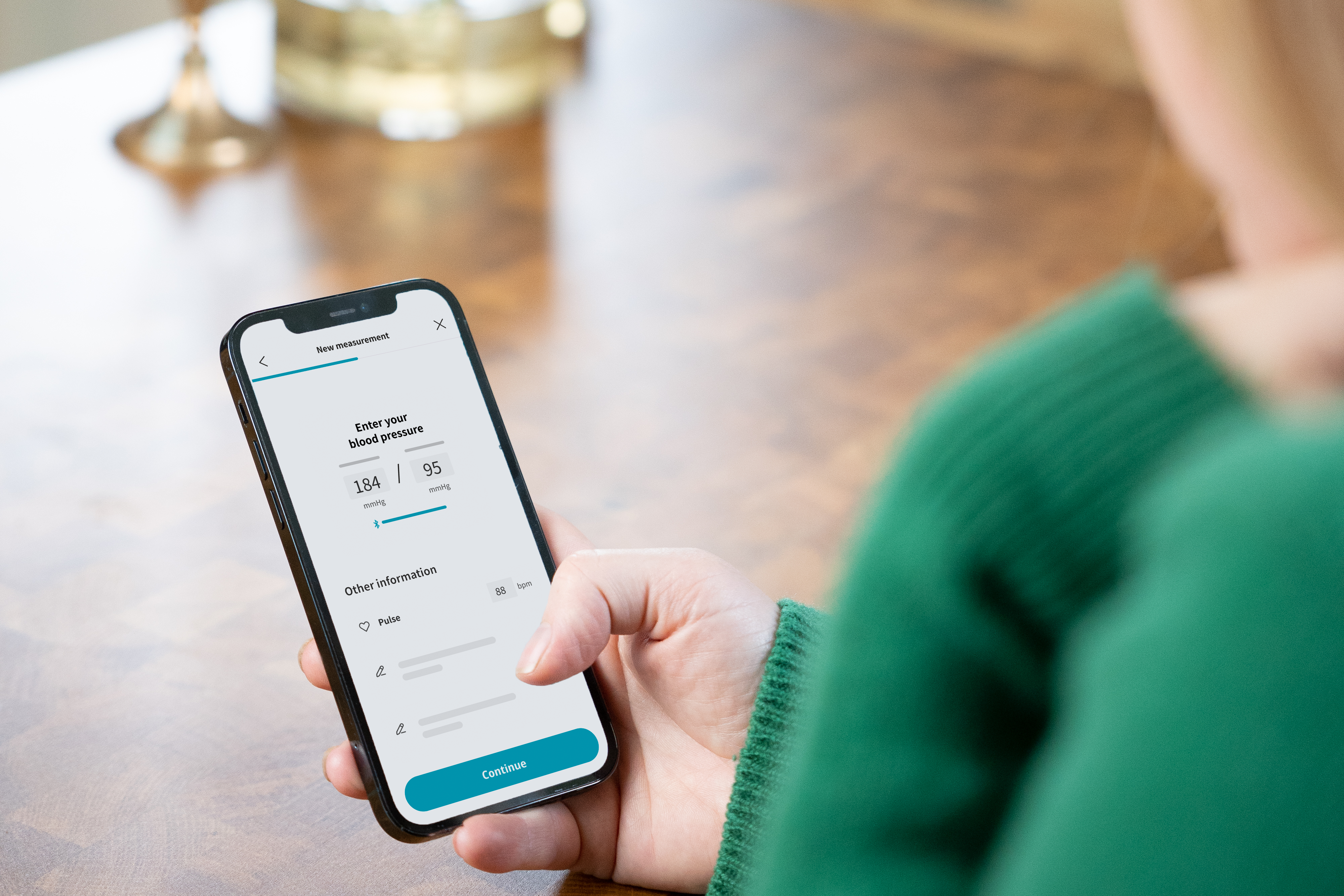
Customer story
A large-scale initiative with results in both impact and patient satisfaction
Västra Götalands region has reduced the number of physical care visits while giving patients greater control over their treatment. Today, remote patient monitoring is used for everything from heart failure to high-risk pregnancy, and both patients and staff see clear benefits.
Victoria Mohlén is project manager for implementing remote patient monitoring and describes a journey where structure, collaboration and courage have been crucial.
Category
Region
Location
Sweden
Service
Primary care & specialist care
Improved quality of life and fewer physical visits
The region’s goal with remote patient monitoring is to increase patient participation, independence and knowledge about their own care. At the system level, the goal is increased efficiency with reduced need for physical visits and fewer emergency interventions.
remote patient monitoring reaches patients of different ages, gender, functional capacity and geography. We see it as a tool to increase accessibility and create equal and more equitable care,” says Victoria.

“ Patients experience increased accessibility thanks to the chat function and feel confident with the technology. Regular follow-ups show that 95% of patients are positive or very positive about the technology and find the app easy to use, a result we are very pleased with.”
Victoria Mohlén, project manager, Remote Patient Monitoring
Tangible effects in multiple patient groups
Heart failure: 6-8 fewer face-to-face visits due to remote management of medication for newly diagnosed patients
Specialist maternity care: up to 11 saved visits during pregnancy
– The value for the patient is not only fewer trips to the clinic, but also a sense of control For example, pregnant women can take an extra blood pressure reading at home if they feel anxious, which gives them greater peace of mind, says Victoria.
Another example is children with obesity, where caregivers feel it is easier to participate in work and school when appointments and check-ups can be done from home In the group of children and young people, the possibility of chatting with the health service is also particularly important

Staff support and smart structure crucial for success
A key recipe for success has been to provide support and guidance to caregivers, not least at the beginning
– We have seen that it is crucial to be available, to help create the first plans and always be there when you get stuck The early days are important,” says Victoria.
Lessons learned
One of the biggest challenges has been to get organizations to actually change the way they work – not just add self-monitoring as an extra
– You must dare to do things differently, and that takes courage. It often takes a little longer than you think, so patience and persistence are important but it can be done,” says Victoria.
She emphasizes the importance of close collaboration between healthcare operations and digitalization functions, of involving management, and of building logistics and support around digital tools